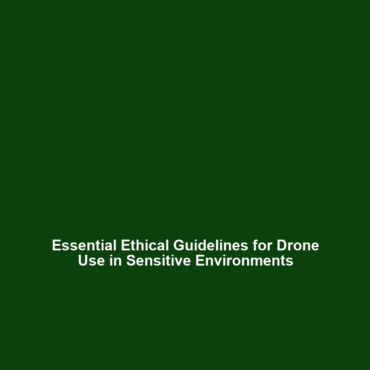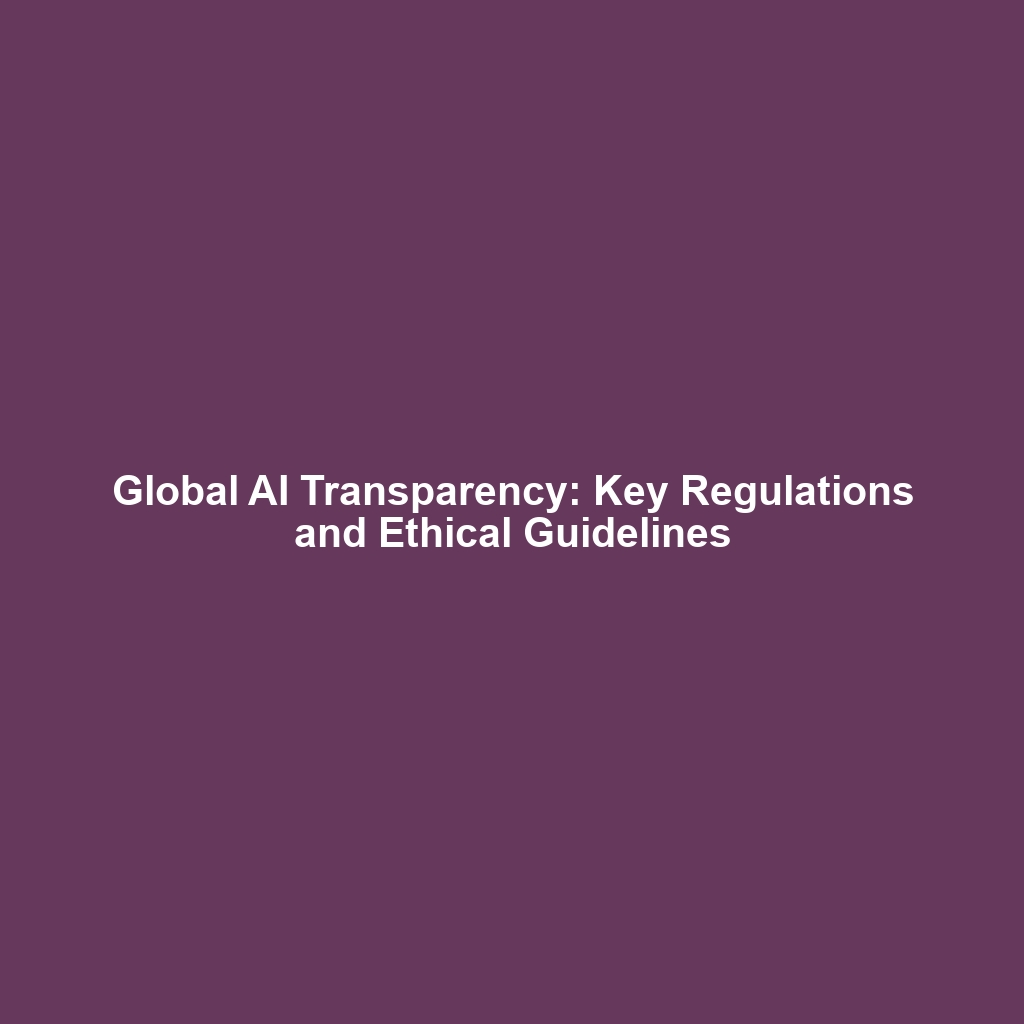Guidelines and Ethical Standards for Using Drones in Sensitive Environments
Introduction
As the intersection of technology and environmental science continues to evolve, the use of drones in sensitive environments is increasingly vital. Establishing guidelines and ethical standards is crucial for ensuring the responsible deployment of drones. In the realm of Drones in Science, professionals must navigate complex ethical landscapes while maximizing the benefits of these technologies in conservation, wildlife monitoring, and ecological research. This article explores the essential principles and applications of drone usage within sensitive environments, highlighting their significance in scientific inquiries.
Key Concepts
Importance of Guidelines
Developing guidelines and ethical standards for drone use involves a multifaceted approach that ensures data integrity and respect for natural habitats. Key concepts include:
- Respect for local wildlife and habitats
- Compliance with legal regulations
- Transparent data collection methods
- Community engagement in planning and research
These principles are crucial in minimizing disturbances and fostering trust within the scientific community while enhancing the applications of Drones in Science.
Applications and Real-World Uses
Understanding how guidelines and ethical standards for using drones in sensitive environments apply to Drones in Science can enhance a scientist’s ability to conduct meaningful research. Notable applications include:
- Wildlife Monitoring: Adhering to ethical standards helps minimize stress on studied species, leading to more accurate data.
- Habitat Mapping: Drones can map sensitive ecosystems without physical interference, provided ethical guidelines are followed.
- Environmental Impact Studies: Ethical standards emphasize the importance of careful data collection to assess ecological health sustainably.
Current Challenges
Despite the promise of drones, several challenges of using guidelines and ethical standards in sensitive environments persist:
- Legal ambiguities surrounding drone operations
- Resistance from local communities and stakeholders
- Potential disruptions to wildlife behaviors
- Technical limitations in data security and privacy
Addressing these issues requires ongoing dialogue among scientists, regulators, and community members to ensure the effective integration of drones into sensitive environments.
Future Research and Innovations
The field of Drones in Science is poised for remarkable advancements. Future innovations may include:
- AI and Machine Learning: Potential for real-time data analysis and automated compliance checks with ethical guidelines.
- Improved Drone Technology: Development of quieter drones to minimize wildlife disturbance.
- Collaborative Platforms: Enhanced methodologies for cooperation between scientists and local communities.
These innovations promise to redefine how drones are utilized ethically in scientific research, ensuring that sensitivity and ecological integrity remain paramount.
Conclusion
In summary, adhering to guidelines and ethical standards for using drones in sensitive environments is critical to advancing the science of drone applications. As technology evolves, so too must our approaches to ensure that Drones in Science contribute positively to both research endeavors and environmental stewardship. Staying informed about ethical practices and engaging with community stakeholders is essential for future success. For more information on related topics, explore our sections on wildlife monitoring and environmental impact studies.

